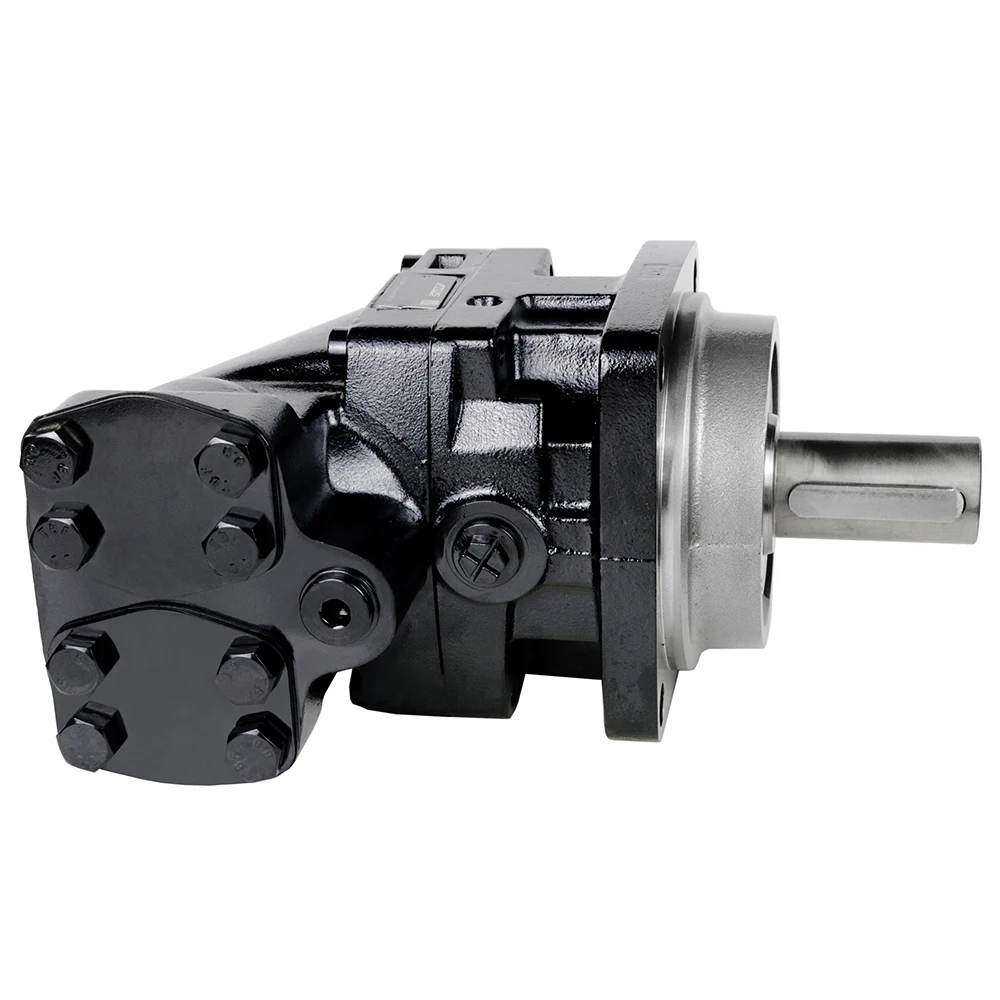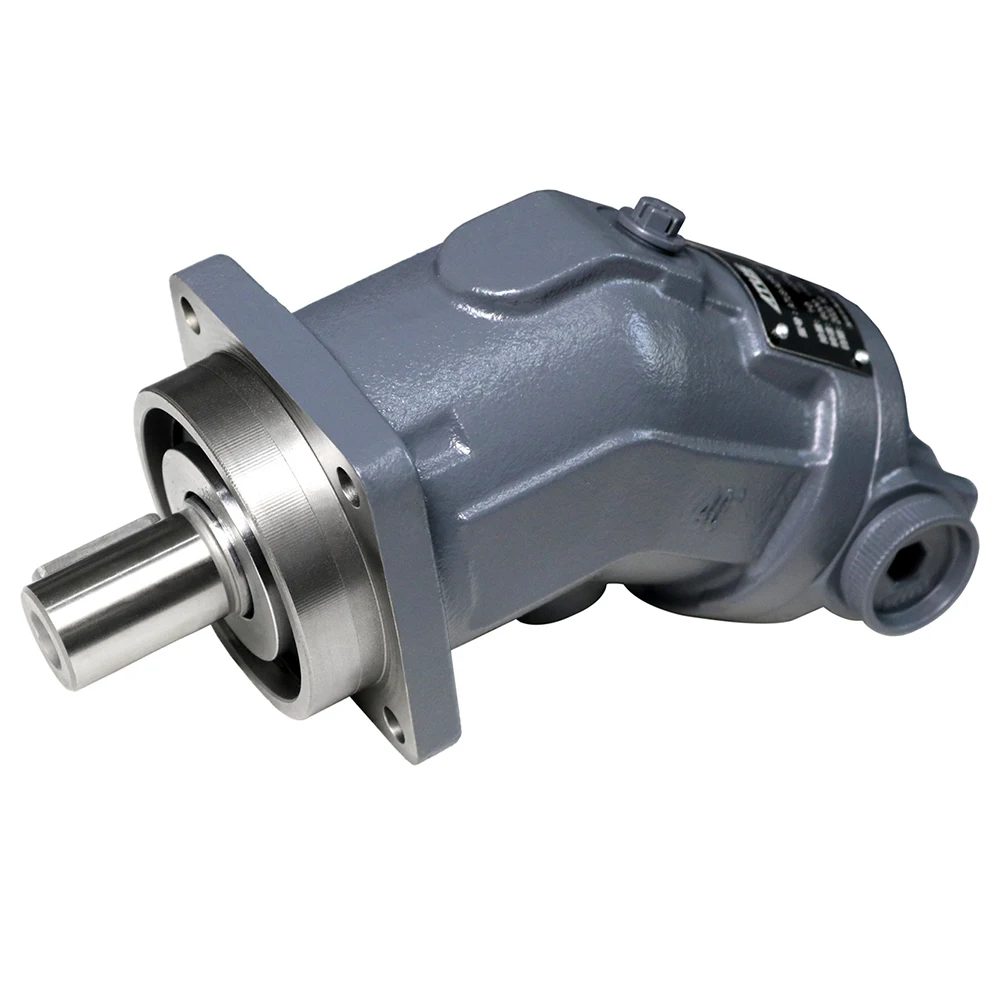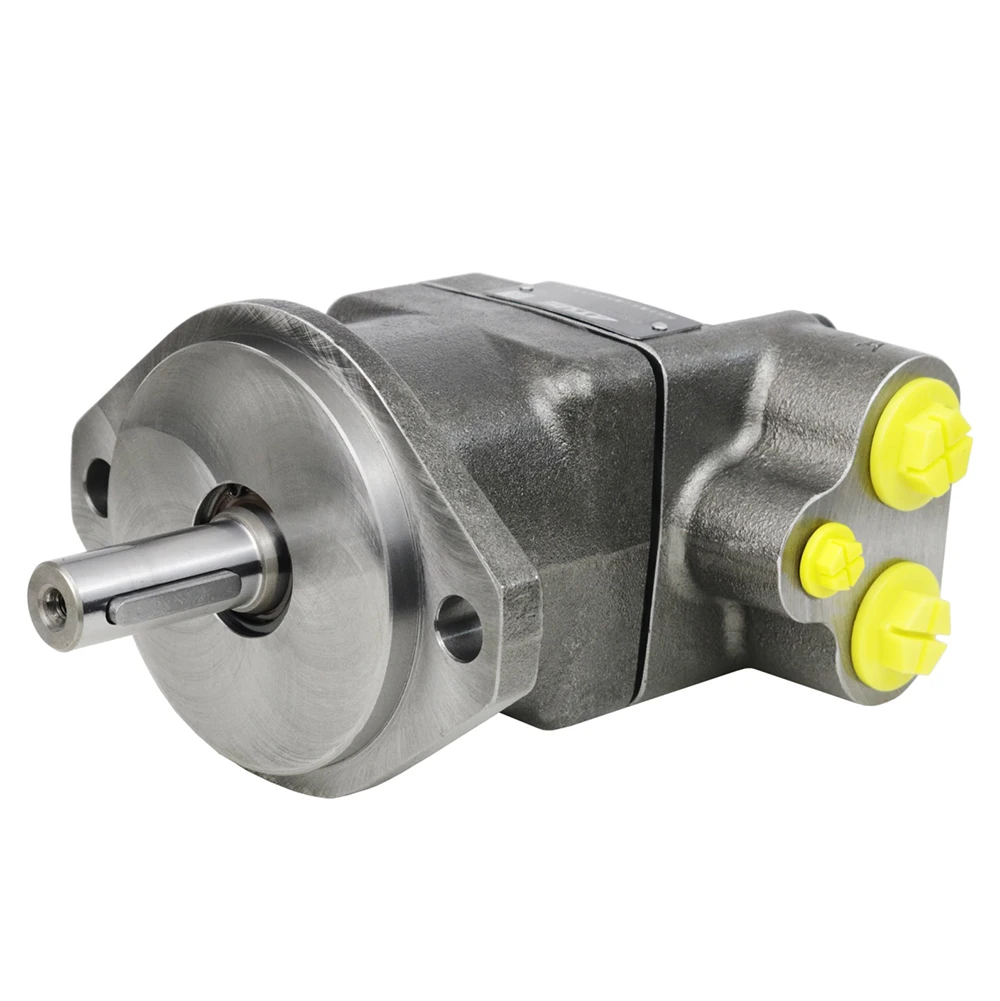Hydraulic valves play a really important role in controlling how hydraulic fluids move around in systems, managing things like flow, direction, and pressure levels. Most often these valves come in two main types mechanical ones that work purely on physical forces, or electromechanical versions that combine both electrical signals and mechanical movement to manage fluid flow inside those complex hydraulic circuits. When properly adjusted for factors such as flow rate and pressure settings, these valves help keep machines running smoothly while preventing dangerous situations from developing. Operators have several ways to interact with them too they can choose between manual operation where someone physically adjusts the valve position, or go for automatic control systems that use various methods including simple mechanical linkages, compressed air (pneumatic), additional hydraulic lines, or even electric actuators depending on what makes sense for the particular application at hand.
Hydraulic valves work through differences in pressure across their components. When these valves open up, shut down, or block passages partially, they control how fluids move within hydraulic systems. Getting this right means keeping pressure where it needs to be and sending fluid exactly where required for whatever job needs doing. The way these valves function makes all the difference when it comes to adapting hydraulic systems for different tasks across manufacturing plants, construction sites, and other industrial settings where heavy machinery operates daily.
Hydraulic valves play a really important role when it comes to how well modern machines work, stay safe, and perform overall. According to various industry sources, these valves actually boost efficiency somewhere around 15 percent because they help control fluids better and cut down on risks associated with those super high pressure situations we see all the time, sometimes going beyond 3000 psi. Made mostly out of tough stuff like steel or cast iron, hydraulic valves need to handle serious amounts of pressure without breaking down. This makes them last longer and keeps systems running reliably across different industries including manufacturing plants, construction sites, and even aircraft maintenance where consistent performance matters most.
Knowing about different kinds of hydraulic valves makes all the difference when it comes to getting good performance out of hydraulic systems. Directional control valves basically manage where the hydraulic fluid goes, letting operators start, stop, or change directions as needed. They show up everywhere from simple setups to complicated systems with double acting cylinders that need exact actuator control. Take the 4/3 way directional valve for example. With its four connection points and three operating positions, these valves give engineers plenty of options for directing fluid flow through a system. Mechanics working on heavy equipment often rely on these valves because they offer just enough flexibility without being too complicated to handle during maintenance checks.
Pressure control valves are really important for keeping systems safe because they manage the pressure of hydraulic fluids. There are different types such as relief and sequence valves which stop damage when there's a sudden spike in pressure that might cause leaks or even burst parts. When working in those intense pressure situations common in industrial manufacturing settings, these valves help keep everything running at just the right pressure level so nothing gets damaged and workers stay safe too. Without them, things would get pretty messy fast.
Flow control valves play a vital role in maintaining correct fluid flow rates throughout industrial systems, something that has a direct effect on how well machines actually perform. When operators adjust these flow rates, they're essentially controlling how fast actuators move, which makes these valves indispensable in situations where consistent movement matters most. Think about CNC machines or those automated assembly lines running nonstop in manufacturing plants. The valves themselves contribute significantly to getting the most out of hydraulic systems because they manage how energy moves through the entire setup. Choosing the appropriate hydraulic valve isn't just important it's absolutely critical if companies want their operations to run both safely and efficiently without unnecessary downtime or wasted resources.
Industrial machinery relies heavily on hydraulic valves to get things done right across different applications. Take hydraulic presses for example, where these valves handle all the pressurized fluid needed to actually shape and form materials properly. Without them, there would be no way to control how much pressure gets applied or how fast it moves through the system. Getting this balance right makes all the difference when trying to produce parts with consistent quality and dimensions. Manufacturers know this well because their bottom line depends on keeping production running smoothly while meeting strict specifications for every batch they make.
For anyone working in construction, hydraulic valves play a really important role in keeping heavy machinery running properly, especially stuff like excavators and cranes. Take excavators for instance they need those valves to push fluid around to different components, mainly the boom or the digging arm. This allows operators to make those fine adjustments needed for accurate digging and movement across job sites. Cranes work similarly but with their own set of challenges. The hydraulic system there controls how things lift and move, which is absolutely critical when dealing with massive weights hanging from long arms. Without proper valve function, there's no way to maintain balance while lifting tons of material. Looking at all these real world applications makes it clear why good quality hydraulic valves matter so much in construction work where precision meets power requirements daily.
Cars definitely get a lot out of hydraulic valves too. When it comes to steering systems, these valves do all the work of controlling the steering fluid so drivers can maneuver smoothly without any lag. Brake systems are another area where valves play their part, keeping the fluid pressure just right so the brakes actually work when needed. Getting this pressure balance right isn't just about comfort either it literally keeps people safe on the road. That explains why mechanics always check these components during routine maintenance. Looking at both steering and braking applications shows how widely hydraulic valves are used throughout different types of vehicles and industrial equipment across workshops nationwide.
Hydraulic valves are essential components that control how fluid moves through and builds up pressure inside hydraulic systems, keeping everything running smoothly. When these valves adjust the speed at which fluid flows and manages pressure levels, they basically keep the whole system balanced so it works properly without wasting energy or causing damage. Take industrial machinery operating under extreme conditions as an example. Systems handling pressures over 3000 psi need valves that can handle such intense forces without failing, otherwise there could be serious equipment breakdowns or safety hazards down the line. Good valve design makes all the difference in maintaining reliable operation across different applications.
Hydraulic valves do more than just regulate pressure they also control where fluids go, which makes them essential for getting machinery to move properly. Take something basic like a hydraulic cylinder or look at complex systems with lots of different moving parts, getting the fluid flowing in the right direction matters a lot. Most systems rely on specific types of directional control valves. Spool valves and ball valves work by redirecting fluid through different channels so equipment can perform exactly what it needs to do. These components might seem small but they're actually pretty important for ensuring everything runs smoothly in industrial settings.
Hydraulic valves play a critical role in keeping things safe around here too. They stop those dangerous pressure spikes that can lead to all sorts of problems down the line. According to recent industry reports looking at factory floor accidents, when companies keep their hydraulic systems regularly serviced and the valves working right, they cut down on pressure related mishaps somewhere around 30 percent. Makes sense really because nobody wants equipment blowing apart while workers are nearby. Beyond just preventing explosions though, good valve maintenance keeps operations running smoothly day after day without unexpected downtime. Most factories have strict protocols now about checking these components during routine inspections.
Choosing the correct hydraulic valve ensures optimal performance and safety in hydraulic systems. When selecting a hydraulic valve, consider several key factors:
Avoid common pitfalls when selecting hydraulic valves:
When looking for more information about picking out hydraulic valves, industry manuals and technical papers are great places to start. Most manufacturers publish detailed spec sheets that break down performance metrics, while organizations like ISO and ASME set baseline standards everyone follows in the field. These documents often highlight real world applications that might not be obvious at first glance. Getting input from experienced professionals remains another solid approach. Many plant managers swear by talking through options with suppliers who understand both theoretical requirements and actual operating conditions. The goal isn't just finding something that fits specifications paper-wise, but selecting equipment that stands up to daily wear and tear without constant maintenance headaches.
Parker's F12 Motor series stands out because it works so well across different hydraulic applications. These motors cover displacement ranges from 30 up to 250 cc and can spin anywhere between 2700 and 6700 rpm depending on what the job needs. For anyone dealing with tough jobs that need serious torque and steady fluid flow, these motors tend to be the go to option. What makes them really special is how adaptable they are. We see them all over the place in construction equipment and various types of industrial machinery. After years of putting these through their paces in real world conditions, it becomes pretty clear just how durable and efficient they actually are.

The A2FM107 model from Rexroth really shines when it comes to hydraulic motors built for tough jobs. What makes this series special is how it covers such a wide spectrum of needs. We're talking displacements ranging all the way from just 10cc right up to 355cc, while still handling speeds between 2240 and a full 8000 rpm. That kind of flexibility means these motors can tackle pretty much any environment thrown at them. From factory floors to construction sites, operators find themselves relying on these units because they keep performing reliably even when pressures spike or load requirements fluctuate throughout the day. Some technicians actually prefer them over other models precisely because of this consistent output across different operating conditions.

The Parker F11 hydraulic motor stands out when talking about optimizing hydraulic systems. This model delivers impressive efficiency, operating effectively at pressures reaching 350 bar and spinning at maximum speeds around 12800 rpm. What makes this motor particularly valuable is how it combines long lasting operation with dependable performance. Many manufacturers find it works well in both industrial settings and automotive applications where consistent power output matters most. For engineers looking for something that won't break down easily while still providing strong dynamic response, the F11 series has become a go to choice in recent years.
